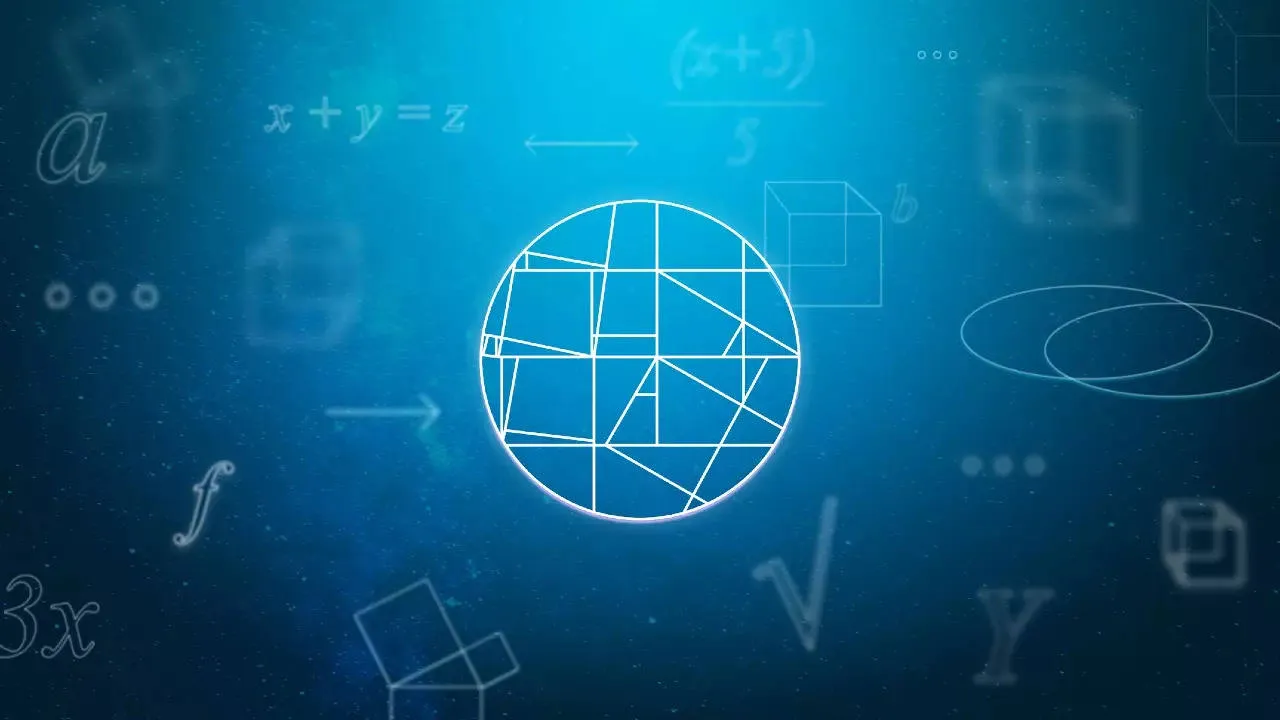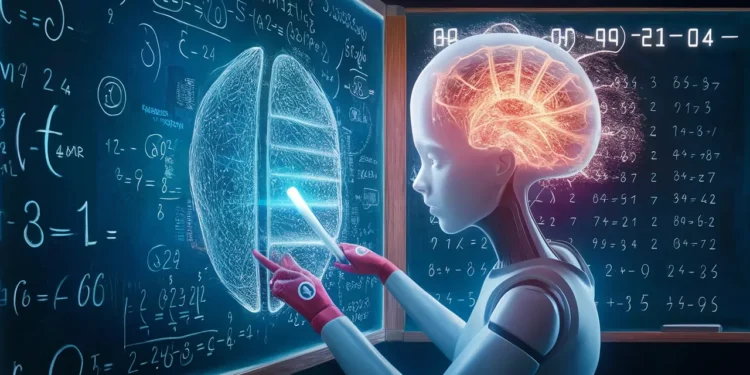In the realm of artificial intelligence, where the development of smarter and more intuitive systems is a constant pursuit, Google’s DeepMind has once again made headlines. Their latest AI, AlphaGeometry2, has demonstrated remarkable abilities in solving complex geometry problems, reportedly outperforming the average International Mathematical Olympiad (IMO) gold medalist. This achievement not only pushes the boundaries of what AI can do but also sparks a broader conversation about the future of artificial intelligence in academic fields.

Why Geometry, and Why IMO?
DeepMind’s interest in the IMO is not just about proving the prowess of its AI in an academic contest. The organization believes that mastering Euclidean geometry problems could unlock new methods in AI development, potentially aiding in the creation of general-purpose AI models. Geometry requires a deep level of reasoning and the ability to select from multiple solution pathways, skills that are beneficial in broader AI applications.
This past summer, DeepMind showcased how AlphaGeometry2, when integrated with AlphaProof—an AI model focused on formal mathematical reasoning—successfully solved a significant portion of the problems from the 2024 IMO. The applications of such technologies could extend far beyond mathematics, influencing fields like engineering and scientific research, where complex calculations are routine.
Technical Challenges and Innovations
Despite the high success rate, AlphaGeometry2 faces limitations, particularly with problems involving variable numbers of points or nonlinear equations. To overcome the scarcity of usable geometry training data, DeepMind generated over 300 million synthetic theorems and proofs. This not only provided a rich dataset for training but also highlighted the AI’s ability to handle a diverse array of problems.

The researchers also tackled a more challenging set of problems, those nominated for IMO exams but not yet used, solving a majority but not all. This points to ongoing challenges and the need for further refinement of the AI system.
Symbolic vs. Neural Network Approaches in AI
The debate between symbolic AI and neural network-based AI is at the core of this development. AlphaGeometry2’s success lends credibility to the hybrid approach, combining rule-based symbolic reasoning with the pattern recognition capabilities of neural networks. This model suggests that such integration can lead to robust AI systems capable of not only performing complex tasks but also advancing our understanding of AI’s potential limitations and capabilities.
Vince Conitzer, a professor at Carnegie Mellon University, remarked on the significance of these advancements, “It is striking to see the contrast between continuing, spectacular progress on these kinds of benchmarks, and meanwhile, language models, including more recent ones with ‘reasoning,’ continuing to struggle with some simple commonsense problems.” He highlights the importance of understanding these systems to fully realize their impact and the potential risks they pose.

Looking to the Future
As AI continues to evolve, the integration of different AI methodologies like those used in AlphaGeometry2 could pave the way for more sophisticated, general-purpose systems. DeepMind’s research not only sets a new benchmark in the capabilities of AI in solving high-level mathematical problems but also underscores the broader potential of AI to contribute to scientific and academic endeavors.










